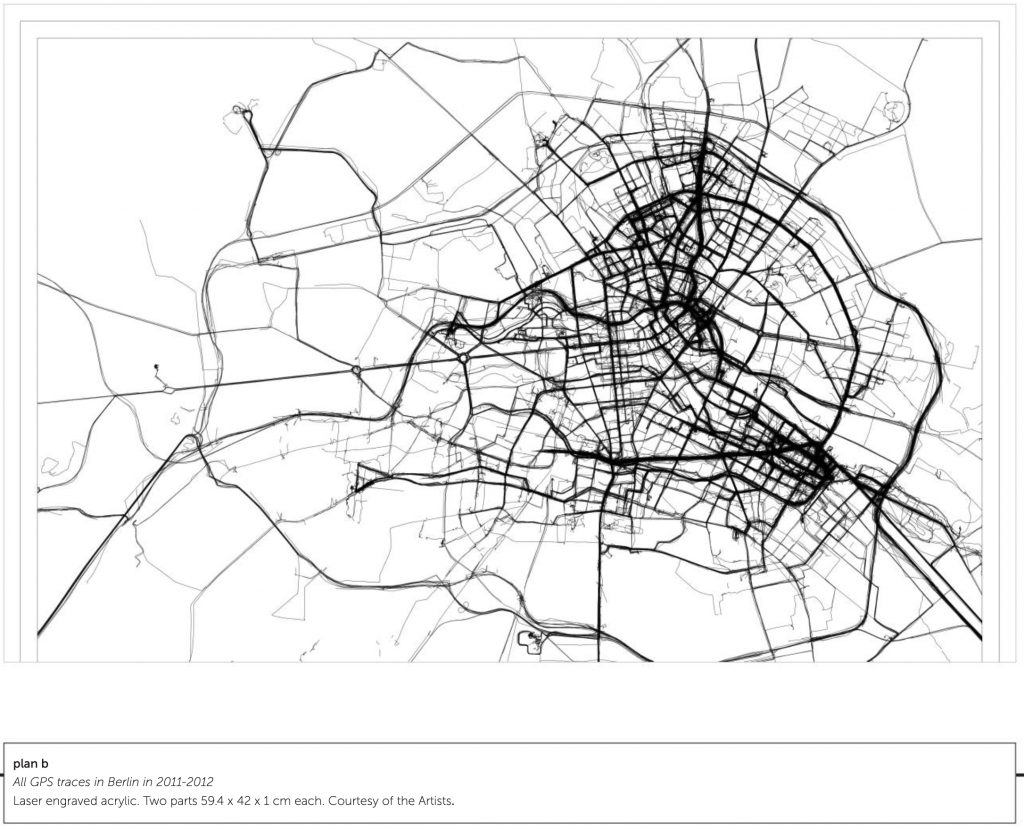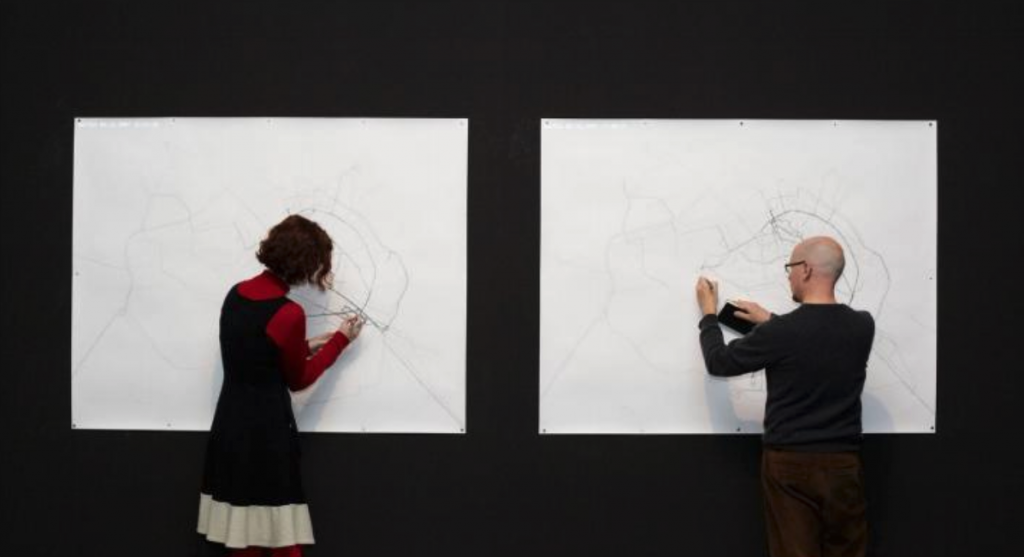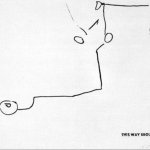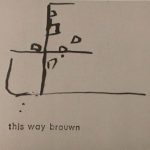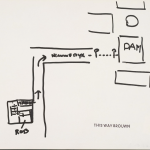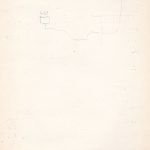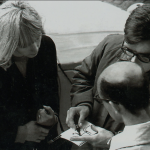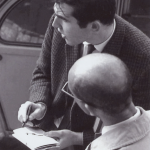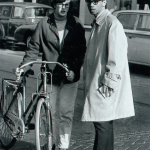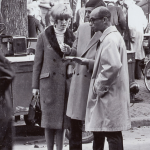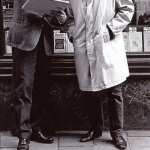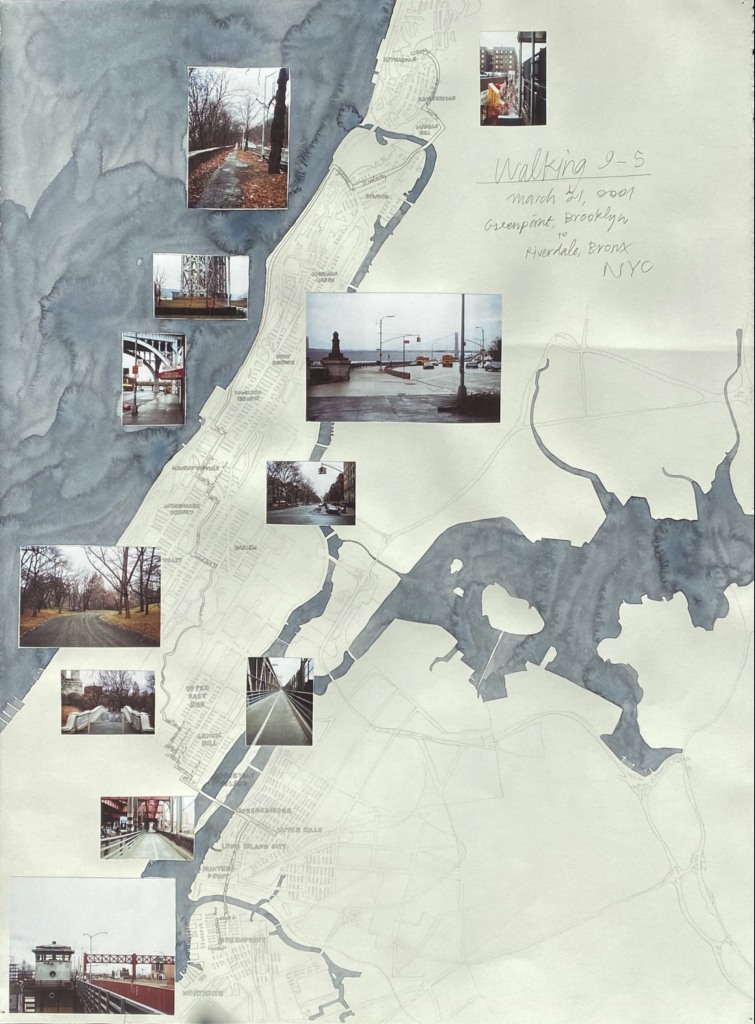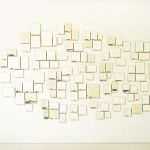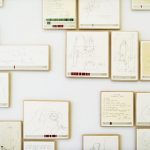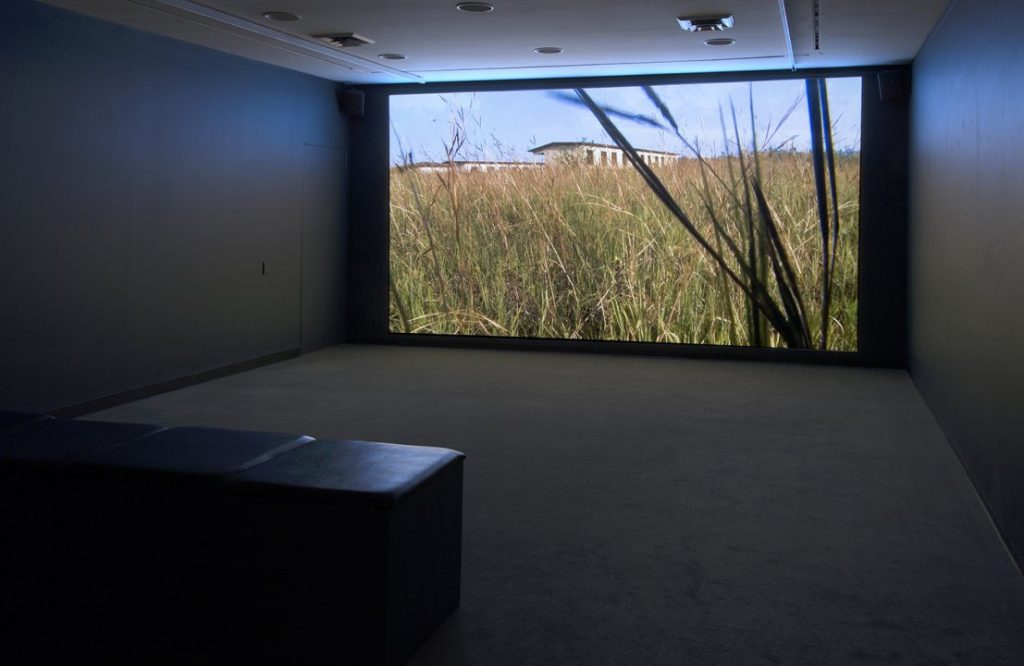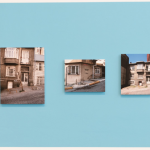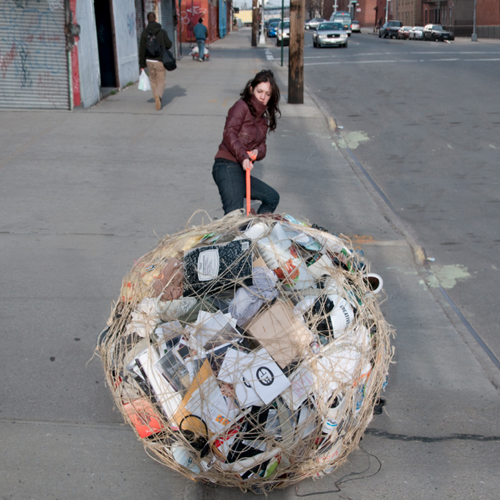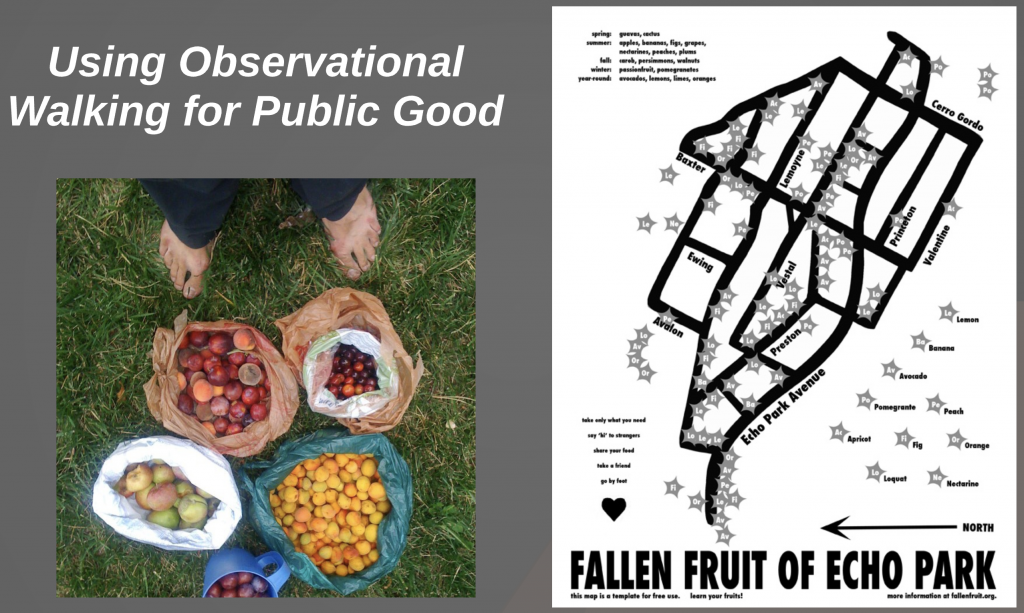
The City as Written by the City, Nov 2 2007, Walk to see Trudi and her new pin, Banff Centre – Banff Hospital

The City as Written by the City, Out and about Florence with Muma, May 21, 2005
[credit]
“Sarah Cullen’s recent works have resulted from collaborative activities with geographers and other artists. In the past, she has created alternative methods of mapping space using low-tech machines and devices of her own invention.
Cullen has, for example, created a ‘drawing box’ consisting of a pencil pendulum that is able to record her movement in space in equivalent strokes of graphite on paper when carried around on a walk. The resulting drawings are almost anti-maps, in the sense that they cannot offer objectivity or legibility. Instead, her artworks bear indexical traces of her presence and motion.
What we lose in immediacy, we gain something in a sense of the weight and measure of movement – of the particular gait and pace of an individual’s walking style. Each of us moves through space with a highly particular and identifiable walk: it is a marker of the way we have learnt to occupy the world. Cullen asks us to re-imagine how we can document the ways in which we have ‘become ourselves’, in motion rather than at rest.”
